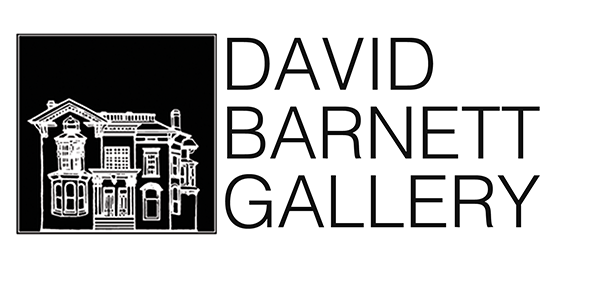

Les Vendanges L.D. 117 III/V
Artist: Charles-Francois Daubigny
Price:
$4,060.00
Medium: Prints


More Details
Materials: Etching
Dimensions: 10" x 15"
Condition: Excellent condition.
Finish: Framed
About the Item: Charles Francois Daubigny's etching from around 1865 is an example of the Barbizon painters' preoccupations. Entitled "Les Vendages," the work depicts peasants bringing in the harvest. The central image shows a figure gathering the crop into baskets. In the center of the image, placid cows congregate around the baskets. In the right middle ground, another worker is harvesting the crop. This is a pastoral image of country life in which the workers and livestock are in peaceful communion with the land. After the 1848 revolution in France, however, the depiction of peasants took on a different form from their representation as a part of picturesque country life. Artists like Gustave Courbet's and Jean-Francois Millet's pictures of peasants as a main subject were seen by conservative critics not only as "aesthetic willfulness" but also as "political provocation." It is unlikely that Daubigny's etching, however, which seems to be printed for mass consumption was aligned with Courbet's and Millet's political aims in the depiction of rural life.
Artwork Size: 9 3/8" x 14 1/4"
Frame Size: 17 3/4" x 22 1/2"
Artwork Size: 9 3/8" x 14 1/4"
Frame Size: 17 3/4" x 22 1/2"

About The Artist
Charles François Daubigny, a key precursor to Impressionism and a significant landscape painter aligned with the Barbizon School, was born in Paris on February 15, 1817. Growing up in Valmondois near Paris, he began painting early, influenced by his artist family. By 17, he had his own studio and soon journeyed to Italy for further study. Daubigny gained acclaim by 1837, particularly for his river and landscape works, and also excelled in etching and lithography. His piece "Lock at Optevoz" was acquired by the French state in 1855, and he became a knight of the Legion of Honor in 1859. Despite facing setbacks in England with his "Moonlight" painting, his work was well-received and sold. Daubigny's later years saw a decline in his health and acclaim and he died on February 19, 1878. His most celebrated paintings, often featuring rivers and ducks, were created between 1864-1874. His notable works include "Springtime" and "Moonlight." He influenced artists like his son Karl, Oudinot, Delpy, and Damoye. A bronze monument was erected in his memory in Auvers-sur-Oise in 1904.
More Galleries to Explore














 Facebook
Facebook
 Twitter
Twitter
 Email
Email


















